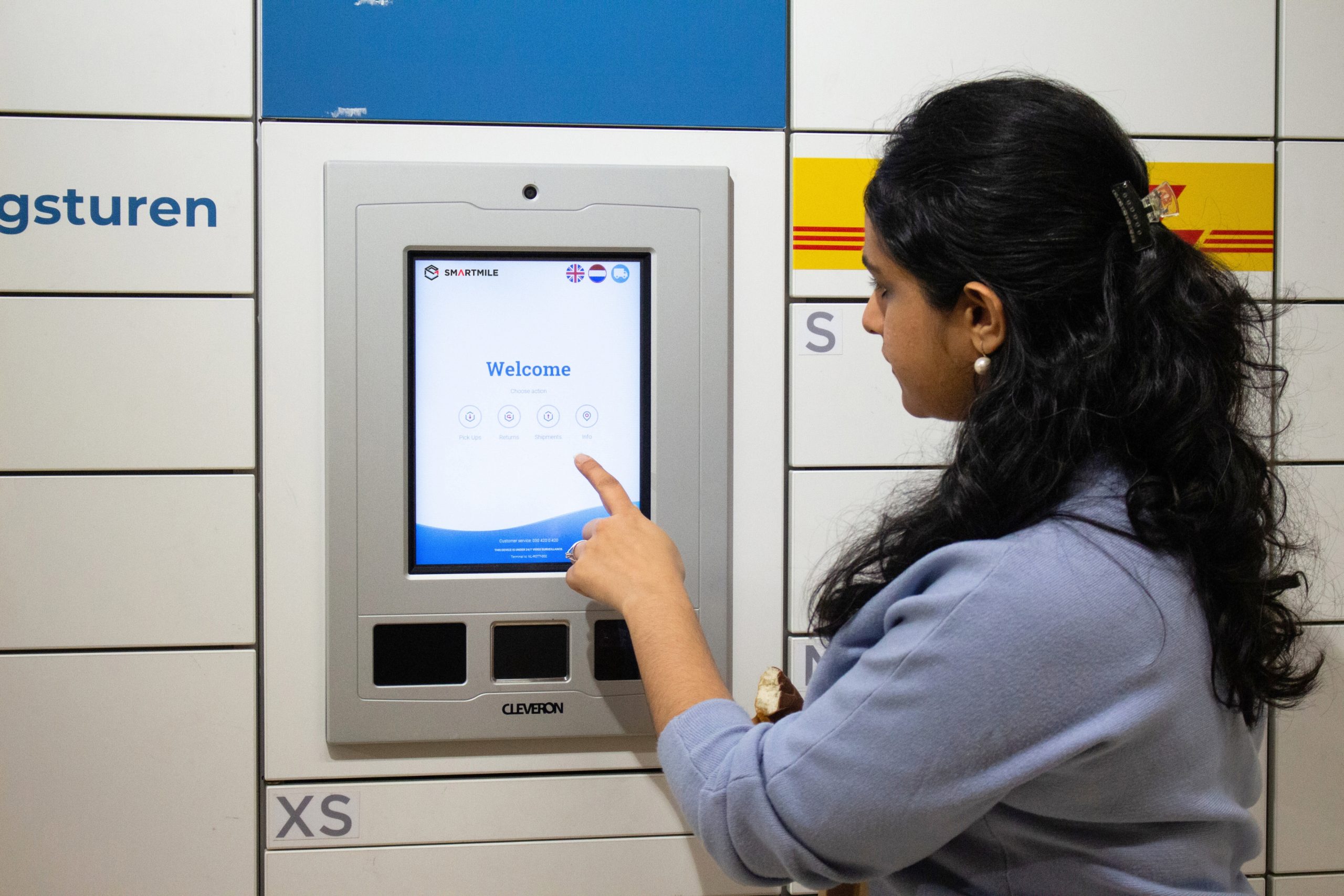As the demand for efficient last-mile delivery grows, scalable locker networks are stepping into the spotlight as a sustainable solution. But, building these networks isn’t just about installing lockers—it’s about creating infrastructure that adapts to evolving consumer needs, changing regulations, retail strategies, and technological advancements.
So, how do network builders future-proof their locker systems for the challenges and opportunities of 2025 and beyond?
The evolving role of locker networks
Locker networks have come a long way from being simple parcel drop-off points. Today, they are dynamic nodes in the logistics chain, capable of supporting various services like click-and-collect, returns, and even local marketplaces. They don’t just store parcels—they enable smarter logistics and stronger customer connections.
Modern locker networks need to:
- Handle diverse carrier needs: Multi-carrier locker solutions ensure that no compartment sits empty, maximising the value of every square inch.
- Adapt to retailer priorities: Retailers can prioritise their own webstore orders while still managing additional courier volumes.
- Support innovative services: Think beyond parcels—from package-free delivery to lockers serving as hubs for community exchanges.
By embracing these capabilities, lockers become more than logistics tools—they transform into strategic assets that drive growth, efficiency, and sustainability.
Challenges in scaling locker networks
Scaling a locker network isn’t as simple as it seems. It’s a balancing act requiring careful planning to overcome hurdles like these:
Infrastructure hurdles: Many locker networks rely on proprietary hardware, limiting flexibility and future scalability. This can box networks into outdated solutions and reduce room for innovation.
Capacity optimisation: Half-empty lockers are a common sight, often because systems lack the intelligence to allocate space efficiently. Empty compartments mean wasted opportunities and inefficiencies.
Cost pressures: Installation costs are only the beginning. Without the right technology, operational expenses can escalate quickly, eating into potential ROI.
Environmental impact: Inefficient routes and poor utilisation of lockers contribute to unnecessary emissions. As sustainability becomes a non-negotiable priority, these inefficiencies can no longer be ignored.
The good news? These challenges aren’t insurmountable. With the right tools and mindset, they can become opportunities to innovate and build smarter, future-proof networks.
The foundation of future-proof networks
So, how can you build a locker network that’s ready for whatever the future holds?
- Start with the right technology: The locker market is shifting toward greater collaboration, with networks increasingly sharing infrastructure. This consolidation isn’t just about physical lockers; it’s driven by technology. Flexible software that supports shared use, adapts to evolving business models, and integrates seamlessly with existing systems is essential for staying ahead.
- Go agnostic: Building flexibility into your network starts with choosing hardware-agnostic software. Smartmile’s technology supports seamless integration and future upgrades, ensuring your network is always ready to adapt. Read more about our approach.
- Think beyond parcels: Lockers can be hubs for returns, C2C exchanges, and even sustainable delivery models like package-free services.
- Smarter capacity management: Avoid idle compartments by allocating them intelligently. The goal? Full lockers, fewer trips, and happier customers.
- Sustainability first: Small design tweaks, like optimised routes and shared-use lockers, can have a significant environmental impact.
By focusing on these pillars, scalable locker networks can evolve into solutions that meet both business needs and sustainability goals.
What’s next?
The future of locker networks lies in their ability to adapt, collaborate, and innovate. These networks will need to be deeply integrated into everyday life, serving as dynamic hubs for both businesses and consumers. Collaboration—between retailers, couriers, and even competitors—will be key to creating shared systems that work for everyone.
At Smartmile, we believe scaling locker networks isn’t just about adding more lockers. It’s about rethinking what’s possible, building smarter connections, and designing solutions that evolve with the world around them.
As 2025 approaches, the real question isn’t whether locker networks will grow—it’s how they’ll grow smarter and more efficiently.
Stay ahead in the locker game
Looking for innovative ways to build and scale locker networks? Follow us on LinkedIn for the latest updates and ideas!




